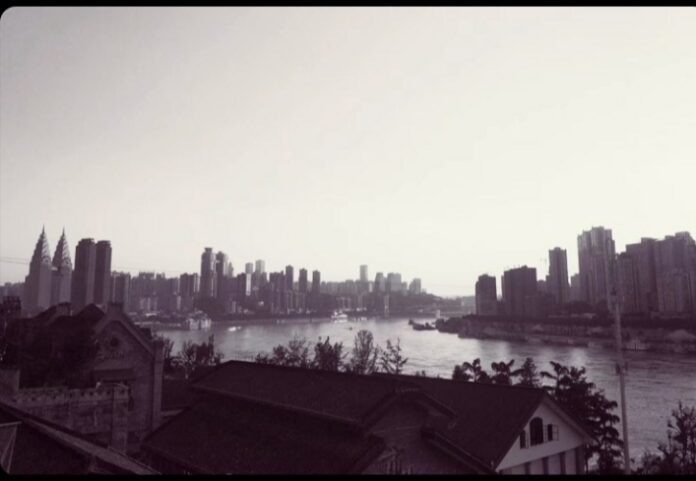(the first of two parts)
About five years have passed since I left for China. A study trip, cultural discovery and personal growth which led me to live there for a year. When people asked me where I would go, Beijing or Shanghai, I replied that I would go to Chongqing. I received puzzled looks: nobody knew this city.
Still, it seemed strange to me. At the time, Chongqing had 30,165,500 inhabitants. Within ten years it had changed its face: from an area mainly characterized by countryside and rural areas it had become a real ultra-modern city. The population of the city of Chongqing is expected to grow again, reaching 10 million inhabitants in 2025, and, if the population of the entire municipality is added, it will exceed 33 million.
But why precisely Chongqing was and still is the scene of such a rapid and massive urbanization?

One of the reasons is certainly the “Go West” campaign, launched by the Chinese government. The goal was to encourage the development and the construction of infrastructures in the western regions which, despite making up 60% of China, contribute to GDP in a minimal way. The regions in question are Yunnan, Gansu, Sichuan, Guangxi, Guizhou, Qinghai, Shaanxi, Ningxia, Xinjiang, Tibet, and of course Chongqing. Since 2000, the year in which the initiative was launched, Chongqing’s GDP has quadrupled, attracting today more and more foreign investments and increasing the number of multinationals which build new offices there.
Although “economic growth” has now become synonymous with progress, several problems are related to this crazy urbanization, which has led to orbit around the city of Chongqing too many, really too many people. It is worth analyzing at least two of these critical issues: the inefficiency of the urban structure and the hukou system (simplistically a sort of internal passport) and the difficulties to which workers are subjected.
As far as the first point is concerned, the World Bank prepared, in collaboration with the Productivity Center, a new report “Chongqing 2035: Spatial and Economic Transformation for a Global City”. This text highlights five strategic pillars around which the city should structure its future urbanization. The first refers to the physical reality of Chongqing, the city of mountains and rivers. If urbanization is not done in a qualitatively efficient way, the risk is that the available land resources will run out. It is therefore important to weigh a balance between population density and urbanization. The other four pillars point to the need to enhance connectivity but above all sustainability.








